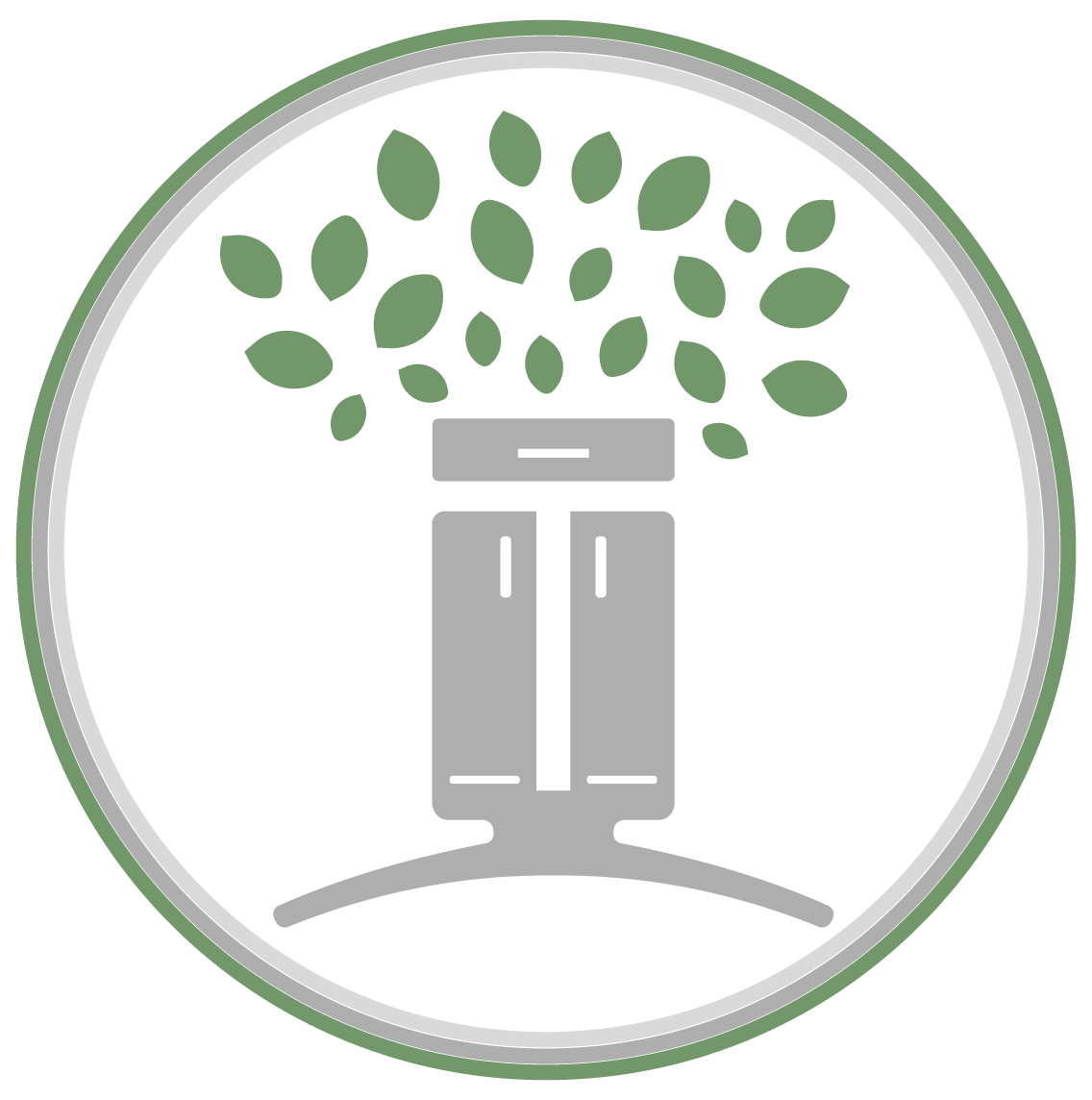What is Cabinet Refinishing?
Cabinet refinishing, also known as cabinet repainting, is the process of updating the appearance of existing cabinets by applying a new finish or paint over the existing surface. It involves several steps to prepare the cabinets, apply a new finish or paint, and then seal or protect the cabinets to achieve a fresh and updated look. The exact process may vary depending on the materials and condition of the cabinets, as well as the desired outcome and chosen finish or paint.
Why Refinish?
-
Refinishing cabinets can provide a fresh and updated look to a kitchen or other space. Over time, cabinets may show wear and tear, become outdated, or no longer match the desired aesthetic of the space. Refinishing them can help to transform their appearance, giving them a new lease on life and making them more visually appealing.
-
Refinishing cabinets can be a more budget-friendly option compared to replacing them entirely. Depending on the extent of the refinishing project, it can be a more affordable way to update the look of cabinets, especially when compared to the cost of purchasing and installing entirely new cabinetry.
-
Refinishing cabinets can be an environmentally friendly choice, as it reduces the demand for new materials and the waste associated with disposing of old cabinets. It allows homeowners to repurpose existing cabinets, which can be a more sustainable option compared to replacing them and contributing to landfill waste.
How does it work?
-
The first step is to thoroughly clean the cabinets, remove any dirt, grease, or grime, and lightly sand the surfaces to create a smooth base for the new finish or paint to adhere to. This may also involve removing hardware, such as knobs, handles, and hinges, and covering or protecting surrounding surfaces, floors, and appliances.
-
Any visible dents, scratches, or holes in the cabinets may need to be repaired and filled with wood filler or putty. This helps to create a smooth and even surface for the new finish or paint.
-
Applying a primer is an important step in the process, as it helps to promote adhesion of the new finish or paint and provides a consistent base color. A primer may be necessary, especially when transitioning from a dark to a light color, or when covering stained or glossy surfaces.
-
Once the primer is dry, the new finish or paint can be applied. This can be done using a brush, roller, or sprayer, depending on the desired finish and the type of paint or stain being used. Multiple coats may be needed to achieve the desired color and coverage, with proper drying time between coats.
-
Item Applying a sealant or topcoat is typically the final step in the process. This helps to protect the cabinets from moisture, stains, and wear, and provides a durable and long-lasting finish. Sealants or topcoats can come in various finishes, such as gloss, semi-gloss, satin, or matte, depending on the desired look.
-
Once the cabinets are completely dry and cured, the hardware, such as knobs, handles, and hinges, can be reinstalled, and any protective coverings can be removed.


















